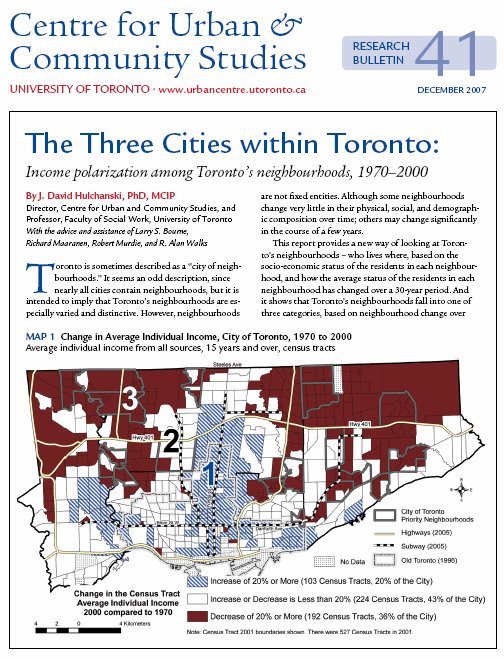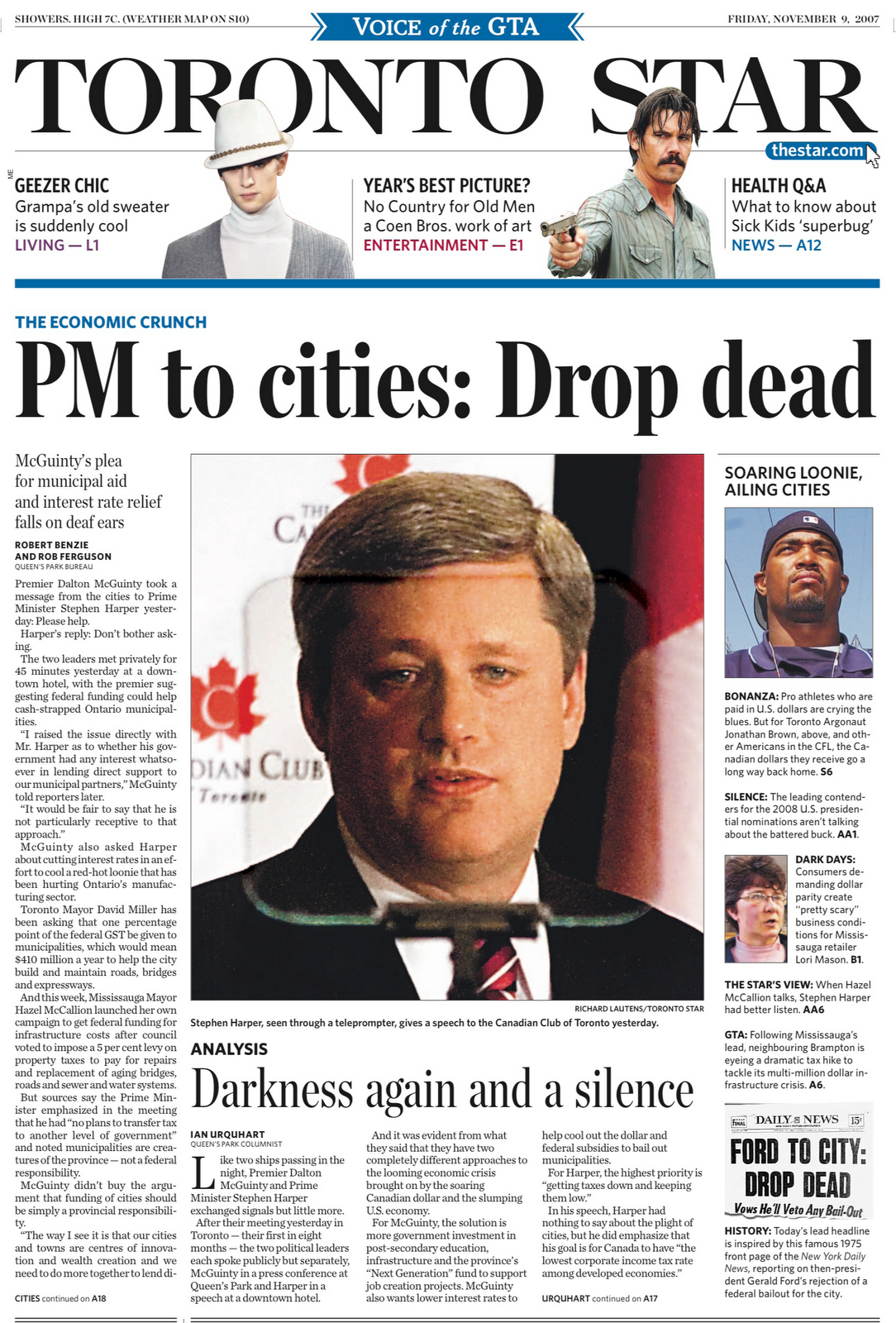"Although affordability problems for purchasers tend to receive most media attention, the largest group of households experiencing affordability problems are not purchasers but are households in the private rental market. For many of these households, home ownership is not something they can even aspire to." p.201
"While 16 per cent of all households had high housing cost ratios in 2002–03, more than 28 per cent of lower income households were in housing stress.For lower income private renters, however, the incidence of stress was 65 per cent. For lower income purchasers it was 49 per cent." p.207
"This suggests that the most effective long run solutions to housing affordability problems lie in addressing the underlying determinants of demand and supply. With continued pressures from increased population growth and real per household incomes, demand is likely to be reduced only by reducing the attractiveness of housing as an investment asset. Demand side subsidies, such as the untargeted first home owners grant to first homebuyers are unlikely to be effective.
"The second key observation is that the media tendency to define affordability problems by high or increasing housing cost ratios for purchasers is largely misplaced. Most home purchasers have relatively high incomes and are not forced into the undesirable trade-offs that lower income households face when their housing costs increase. There are significantly more renters than purchasers in housing stress and the incidence of housing stress is significantly greater among private renters. Many of these households face the prospect of never being able to gain access to the economic an social advantages provided by home ownership.
"This suggests that a change is needed in the direction of Australia’s housing policies away from those that focus on home ownership and towards those that increase the supply of well located affordable rental housing to meet the needs of those on lower incomes who are likely to be long-term renters. A strategic rental housing policy framework is essential to foster adequate and stable levels of investment in rental housing."


























